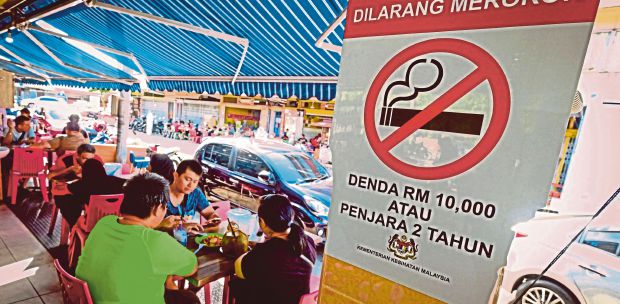KUALA LUMPUR: Drownings can be prevented if all agencies involved are proactive, says National Water Activity Safety Council member Tan Sri Lee Lam Thye.
Unfortunately, he said, in many instances, local authorities only took action when they were directed to do so, by state or federal governments, after a tragedy had already taken place.
“Although 12 high-risk areas have been identified, I would like to suggest more areas with high-risk of drownings be listed so that preventive measures can be taken,” he said.
“Local authorities with jurisdiction over water activities must be directed to take drastic measures to prevent drownings, such as conducting more frequent audits, placing sufficient warning signs in danger zones and fencing idle mines.
“They should also use uniform safety signage developed by the International Organisation for Standardisation (ISO 20712-1: 2008).”

The 12 high-risk areas include SK(C) Sungai Timah, Sungai Tinggi, Sungai Gasi in Sungai Buloh, Sungai Chiling in Kuala Kubu Baru, Sendat River Waterfall in Ulu Yam and Semenyih Dam, in Selangor; Sungai Batu Payung River in Tawau, Sabah; Sungai Kampung Sabak in Pengkalan Chepa, Muara Tok Bali in Pasir Puteh and Nipah Beach in Bachok, Kelantan; Lata Berlun Waterfall in Raub, Pahang; Chamang Waterfall in Bentong, Pahang; as well as Teluk Bahang in Batu Feringghi, Penang.
Lee said warning signboards should be installed in strategic places to remind the public of the dangers of drowning in high-risk areas, while damaged or vandalised signboards should be replaced immediately.
“There should also be rescue personnel at popular beaches and there needs to be quick action plans in place, involving the Civil Defence Force, Fire and Rescue Department of Malaysia, police and relevant authorities in the event of an emergency.
“The government should also require local authorities to place personal flotation devices (PFDs) at high-risk locations and recreation boats for use during emergencies.
“PFDs are not necessarily expensive and certain countries have already used effective yet inexpensive PFDs which can also be made by recycling waste water containers.”
He added that parents and adults must constantly monitor their children or other children participating in water activities.
In the latest incident on Sunday, two 12-year-old girls drowned while they were with two other swimmers at the Boardwalk Lagoon in Setiu, Terengganu.
It was the second drowning case within two months in the area, which is a popular site for catching crabs.
The area is not listed as a high-risk area for drownings.





